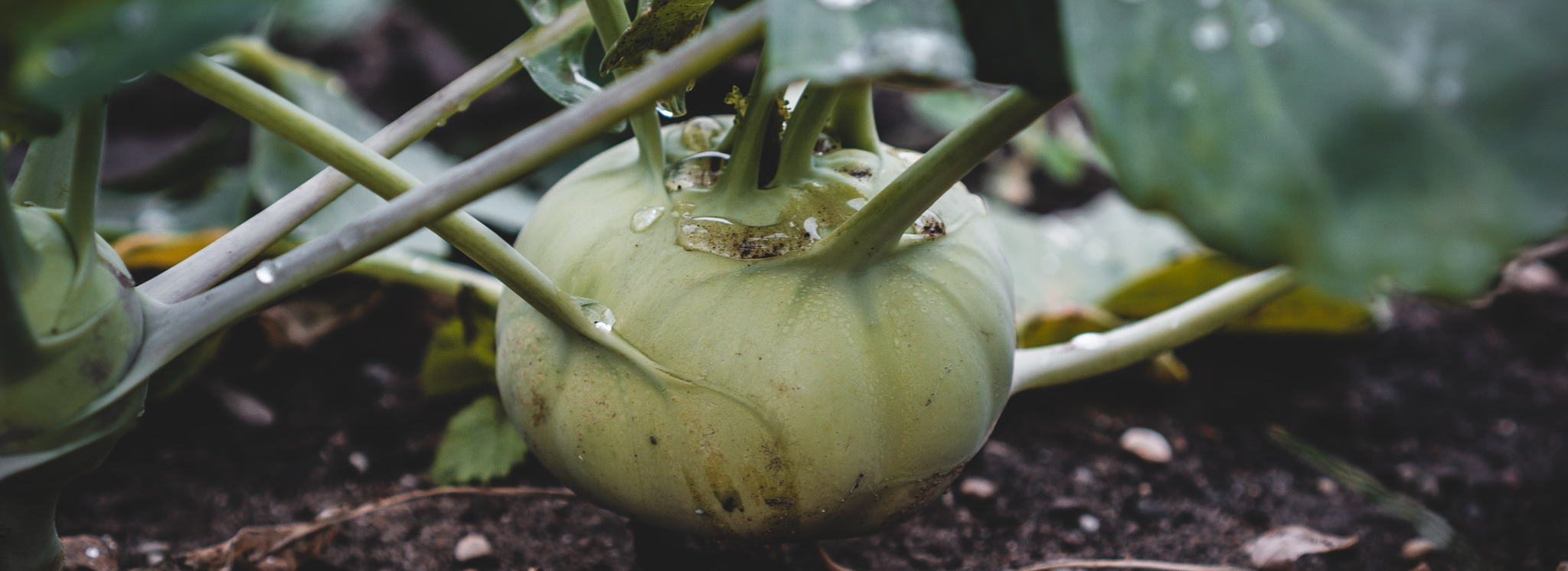Chances are good that your yard features an empty, neglected spot under partial shade cover. Time to remedy that! Check out the list below for a selection of vegetables we recommend to fill those shady areas with edible plants, increase your harvest, and lower those grocery bills.
What is partial shade?
Unfortunately, growing vegetables successfully in partial shade isn’t as easy as moving a planter box under an awning where the sun’s rays never reach. In fact, partial shade has a definition: greater than 3 hours of sun but fewer than 6 hours. It can also refer to areas with dappled sunlight (like those under a tree) with more hours of sunlight that is partially obstructed.
Considerations for growing in shade
- Resist the temptation to pick up the first seed packet in your local garden center. Most of your favorite veggies come in dozens of varieties; research those varieties for options that grow in cooler areas to correspond with the cooler/shadier areas in your garden
- You may find some plants are actually easier to manage in partial shade environments as they are less likely to bolt, or go to seed, outside of full sun. I’m looking at you spinach!
- Plan for slower growth and expect smaller yields (but better than the zero yield from bare dirt… )
- Don’t limit yourself to leafy greens! And for that matter, don’t limit yourself to our list either. We think these are good bets, but if you’ve got something you really want to grow, don’t write it off without at least a little experimentation.
- Consider planting in containers small enough to move a bit rather than directly in the ground. This way, you can reposition your plants as you become more familiar with the exact sun exposure patterns in your partial shade area.
Best 10 vegetables to grow in partial shade
- Spinach - Sure, you might end up with smaller plants growing in the shade, but the longer growing period will make up for part of the difference in yield
- Lettuce - Like spinach, a shady spot can help extend your lettuce growing season by preventing bolting
- Basil / Mint / Cilantro / Lemon Balm - Your basil crop won’t match its full-sun counterparts, but you might find the leaves more pleasant to eat. And mint, with its tendency to spread uncontrolled, would be a good candidate for the moveable container strategy.
- Kale - A member of the brassica family, Kale will additionally benefit from the wind shelter if your shade comes from a solid structure
- Swiss Chard - Highly recommended for its hardy nature and broad utility in the kitchen. If you aren’t growing chard yet, it’s worth experimenting with
- Radish - Plan for slower growth (i.e a delayed harvest) but decent production, even in shady areas!
- Bush beans - With a higher sunlight requirement than others on this list, bush beans are nonetheless a worthwhile addition to your shade garden to break up the leafy greens and herbs. Bush beans tend to fare better with fewer hours of sunlight than pole beans.
- Kohlrabi - Like Kale, Kohlrabi is a brassica and can thrive in partial shade and cooler temperatures. Unlike Kale, it’s not yet ubiquitous as an ingredient, so why not try it in that underutilized spot in your garden to see if it makes your list of favorites?
- Rhubarb - Another terrific option for breaking the monotony of leafy greens (in fairness, that’s the best kind of monotony), rhubarb is typically best grown in colder climates.
- Microgreens - Bonus option! If you find that your shady spot is really truly too shady and you’re getting leggy, fragile seedlings… run with it! Microgreens are a terrific addition to a salad and packed with nutrients.
